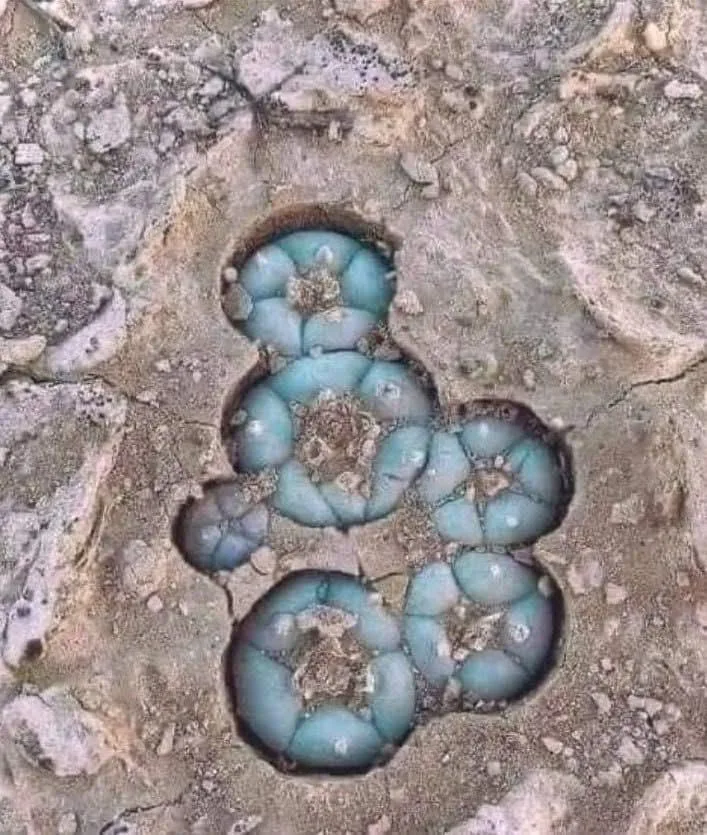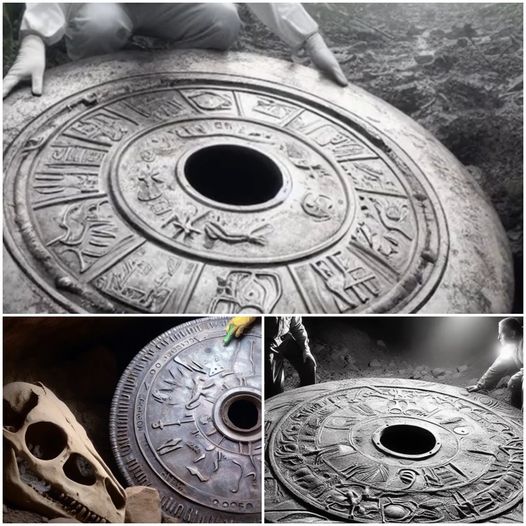Hidden in the harsh deserts of northern Mexico and the American Southwest grows one of nature’s most mysterious plants – the peyote cactus (Lophophora williamsii). This unassuming little cactus, no bigger than your palm, holds a powerful secret: it contains mescaline, one of the oldest known psychedelic compounds used by humans for spiritual journeys.

But here’s what makes it truly extraordinary – this slow-growing wonder takes over 30 years to mature enough to flower, with the oldest plants packing the most potent psychedelic punch!
The peyote’s above-ground crown (called the corona) contains disk-like sections rich in mescaline, while its beautiful flowers – ranging from delicate white to vibrant pink – bloom briefly before giving way to small pink fruits. But don’t let its cute appearance fool you!
This cactus survives in some of North America’s toughest terrains, thriving in limestone soils between 100-1,500 meters elevation where its bitter taste and hidden growth help protect it from predators.
What makes peyote truly unique is its chemical makeup. The mescaline in its buttons (about 45mg each) interacts with our brain’s serotonin receptors, creating profound psychedelic experiences at doses as small as 5mg per kg of body weight. Indigenous cultures have used it ceremonially for millennia, but modern laws have made it illegal in its native Mexico due to its psychoactive properties.
Here’s the fascinating part: the mescaline content varies wildly (0.7%-3.5% by weight) depending on the plant’s age and soil conditions. That means a 30-year-old peyote might contain five times the potency of a younger one!





